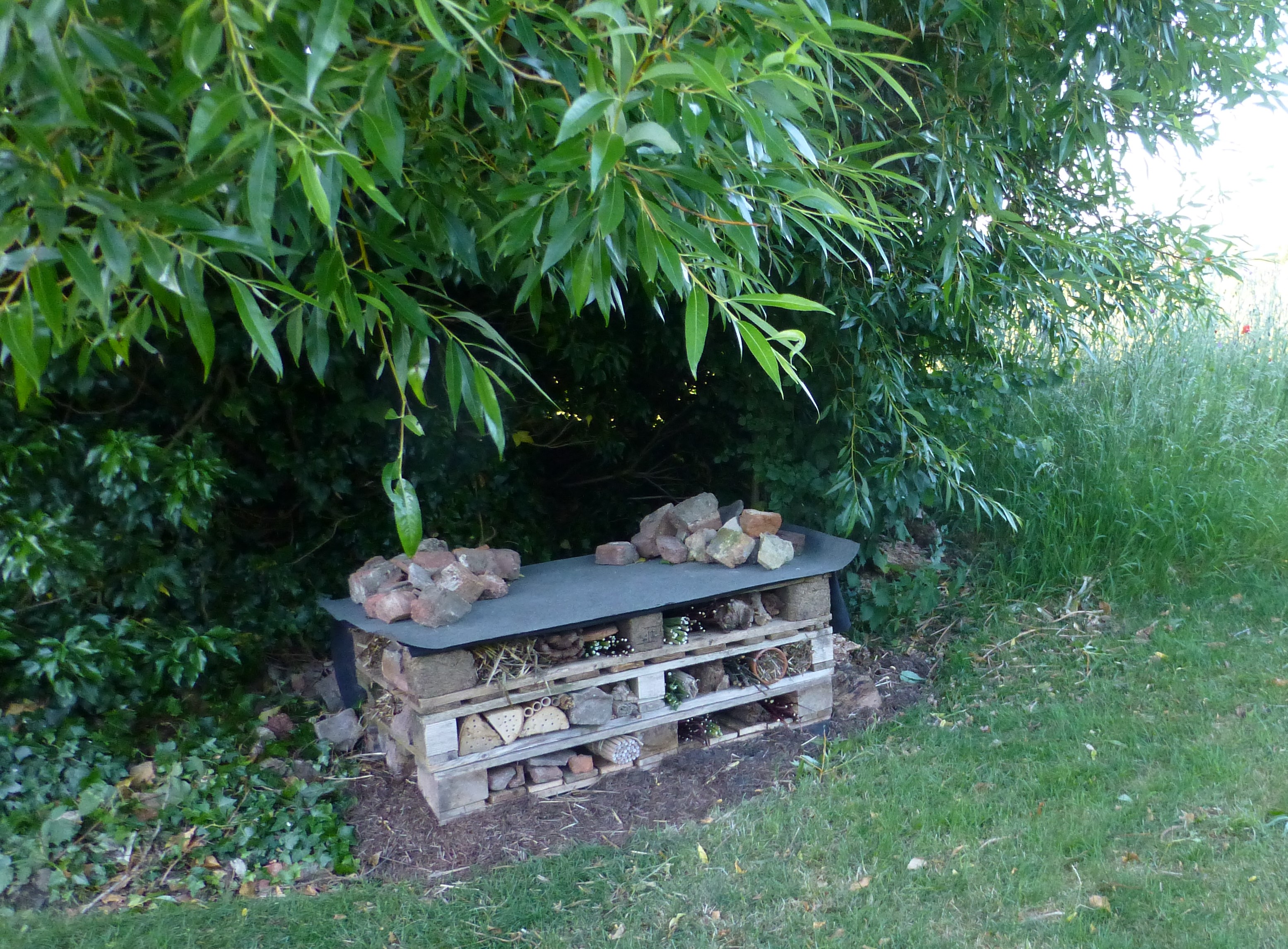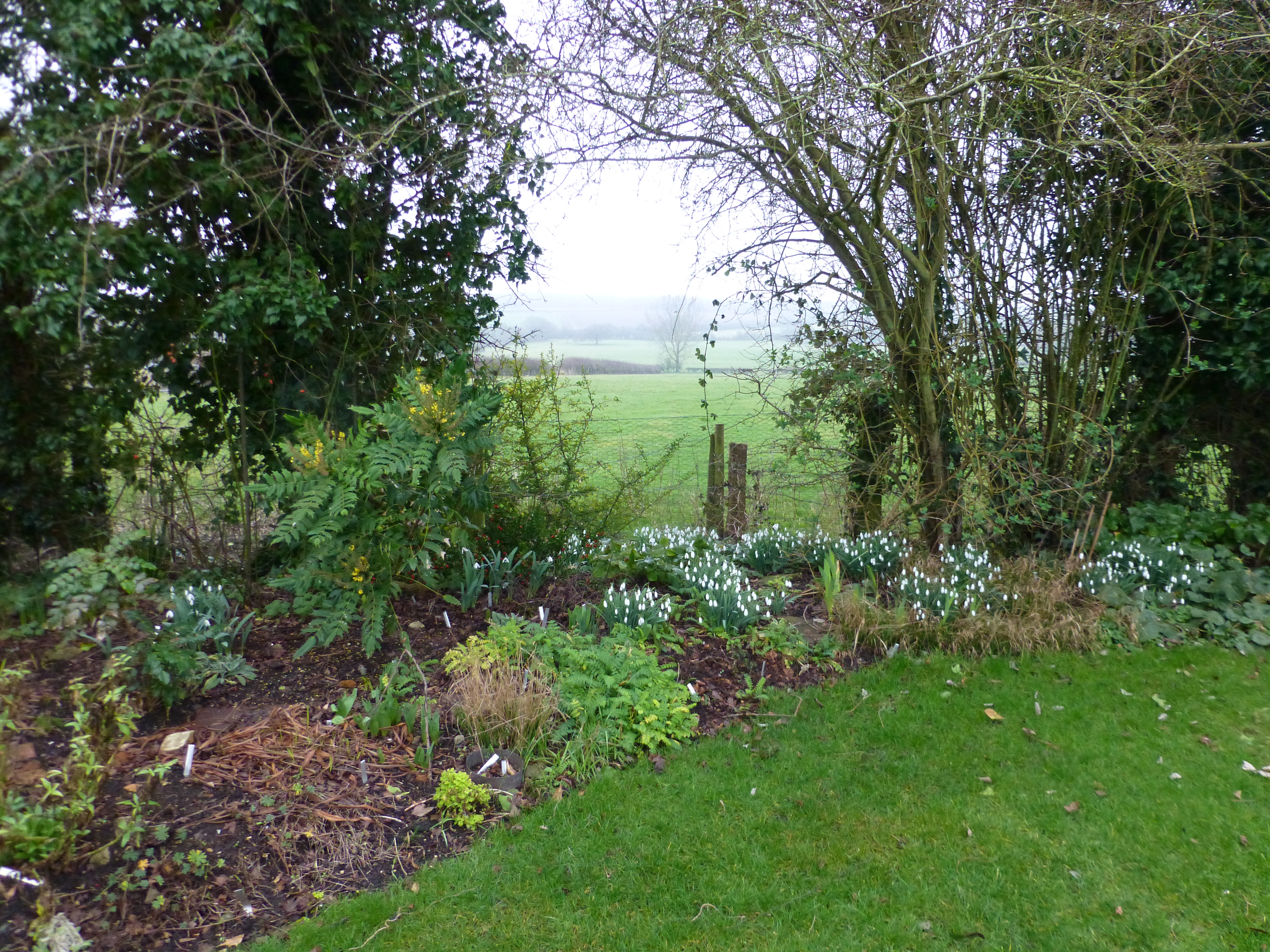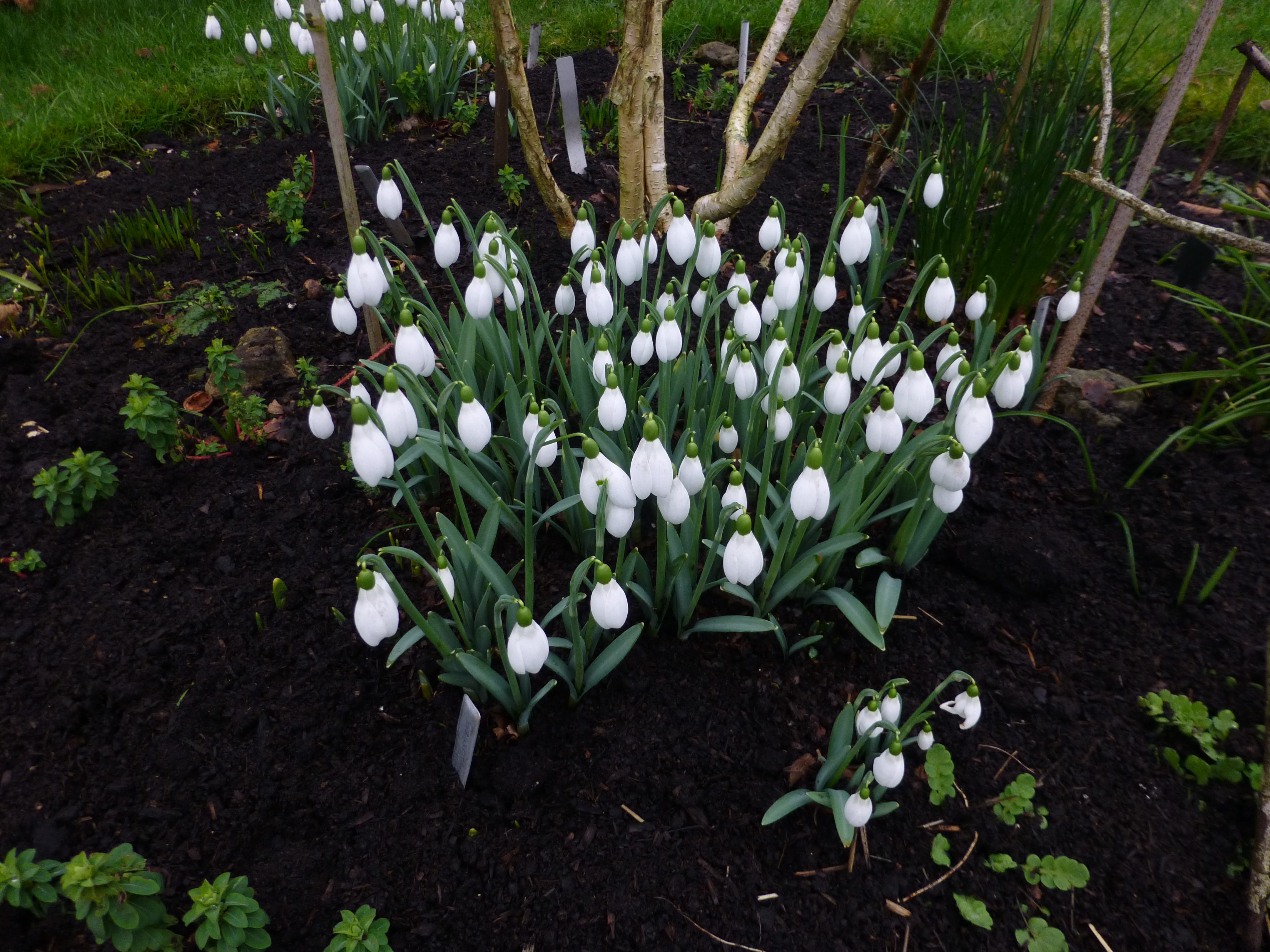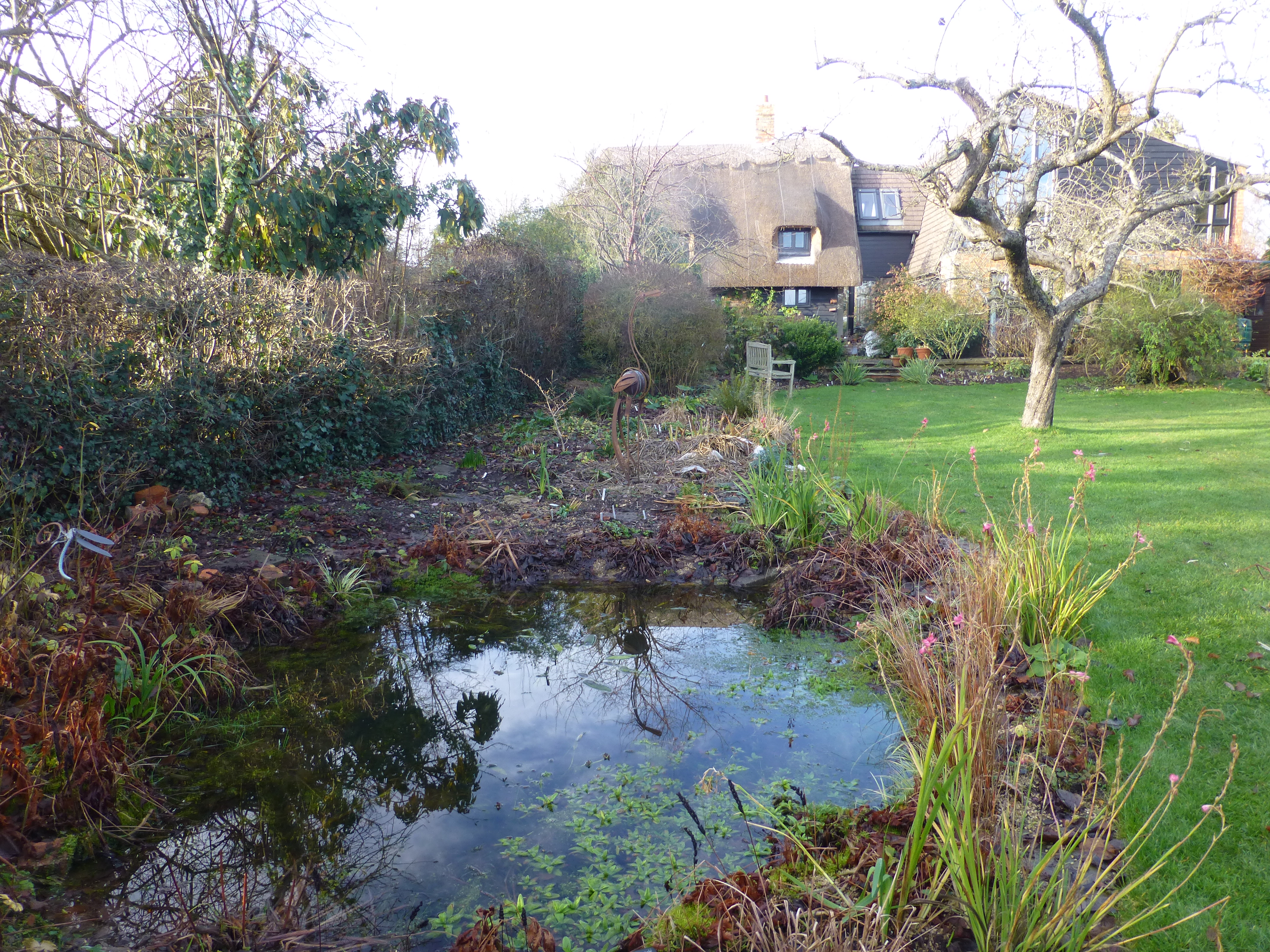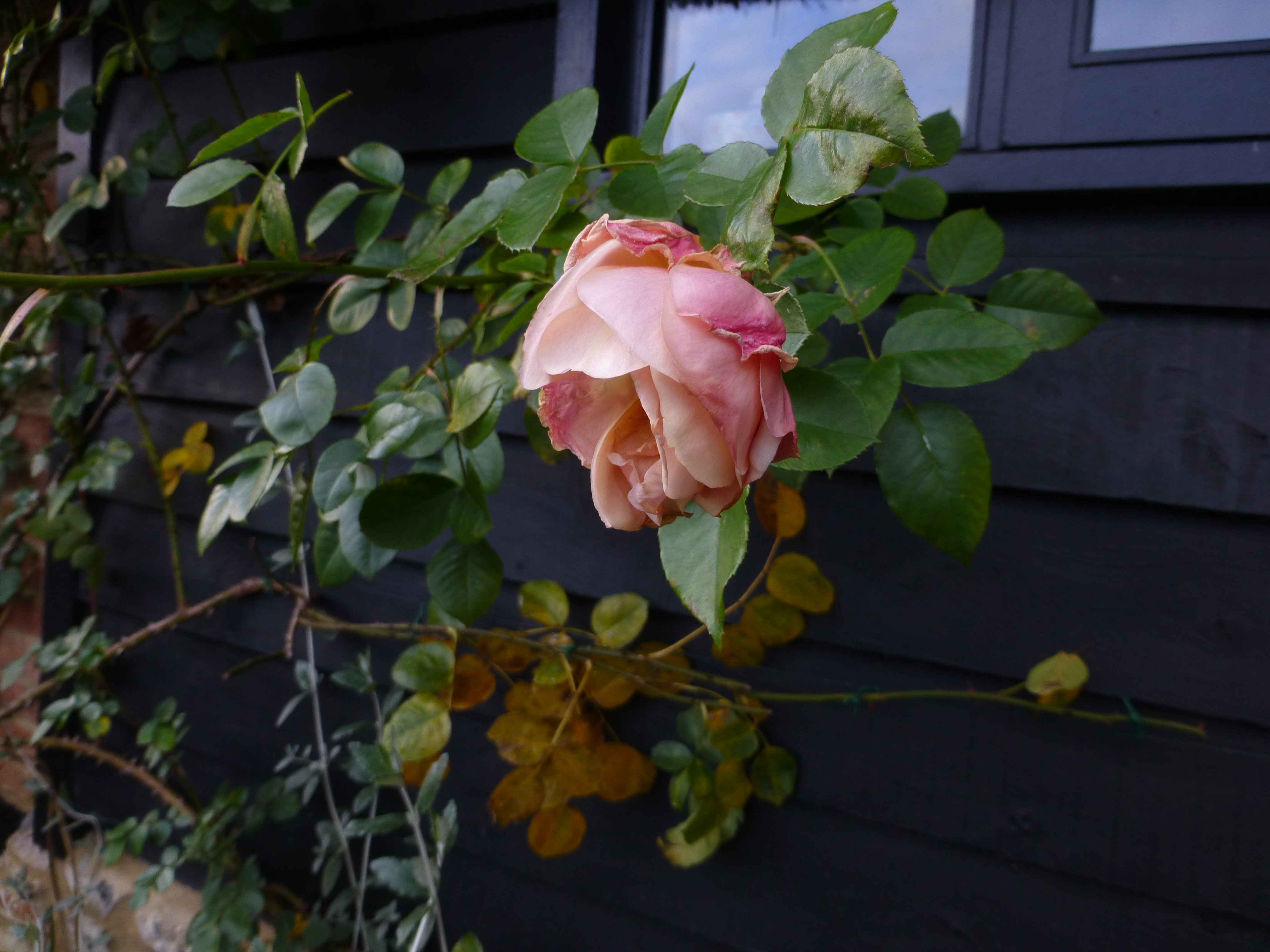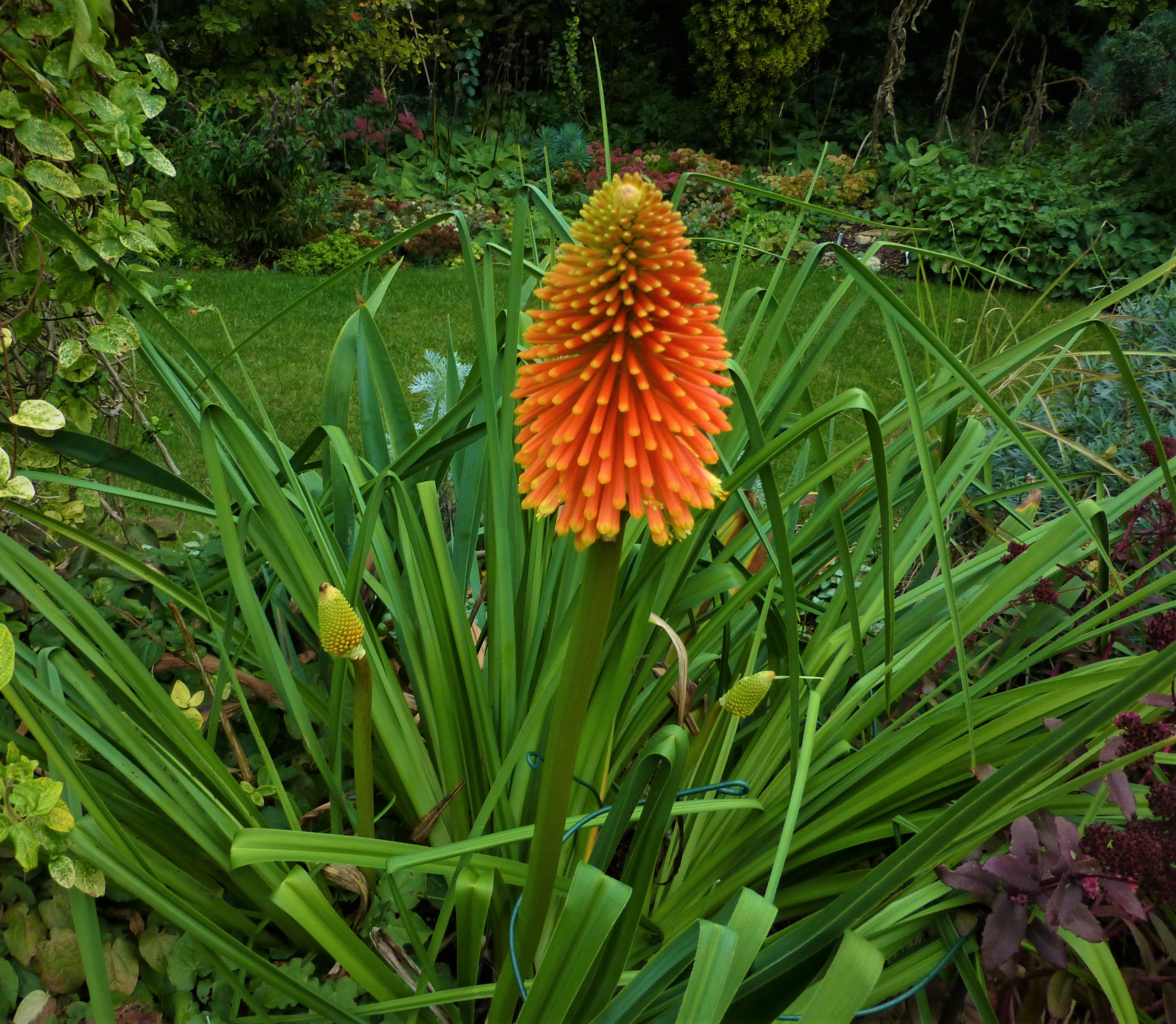NGS openings
It has been a while since I have sat down to write something. The garden has been looking lovely and when lock down eased a few weeks ago, we opened for the NGS charities on a number of weekends. The new system is so easy for garden owners. All we do is let the NGS know when we want to open, the length of each timed slot and specify the number of people that can come safely into the garden in each slot- in our case ten people per hour. No teas, no cake, no loo, no money to be collected as tickets are booked on line and no local advertising- it all happens on the NGS website. It worked very well. Everyone is keen to get out and we enjoyed chatting, albeit at a safe distance, to real people, many of whom were keen and knowledgeable gardeners. We will continue to open so do check the NGS website and come and see us.
I thought I would share some of the garden highlights over the last few months.
May
Tulips
Most tulips are over by May but the pillar-box red flowers of the late flowering species tulip, Tulipa sprengeri, are a delight and as it self-seeds, it is slowly spreading. It likes well-drained soil so does particularly well in the gravelly soil on my rock bed. The fat striped seed heads are also decorative but I need to be careful I do not break the stems until the seeds are ripe.
Damp bed
The combination of Rodgersia podophylla and Iris pseudacorus ‘Variegata’ is particularly lovely in spring. We had a frost in early May, but this year I remembered to protect the rodgersia with a fleece blanket when I heard the forecast, so the only damage was at one edge where the wind lifted off the fleece. Those leaves soon curled up, became crispy and turned a sad dark brown. You can also just make out the small starry orangey-yellow flowers of Epimedium ‘Amber Queen’ in front of the rodgersia.

I was thrilled by my fabulous Formosan lady’s slipper orchid, Cypripedium formosanum, which looked great in the damp bed throughout April and much of May.
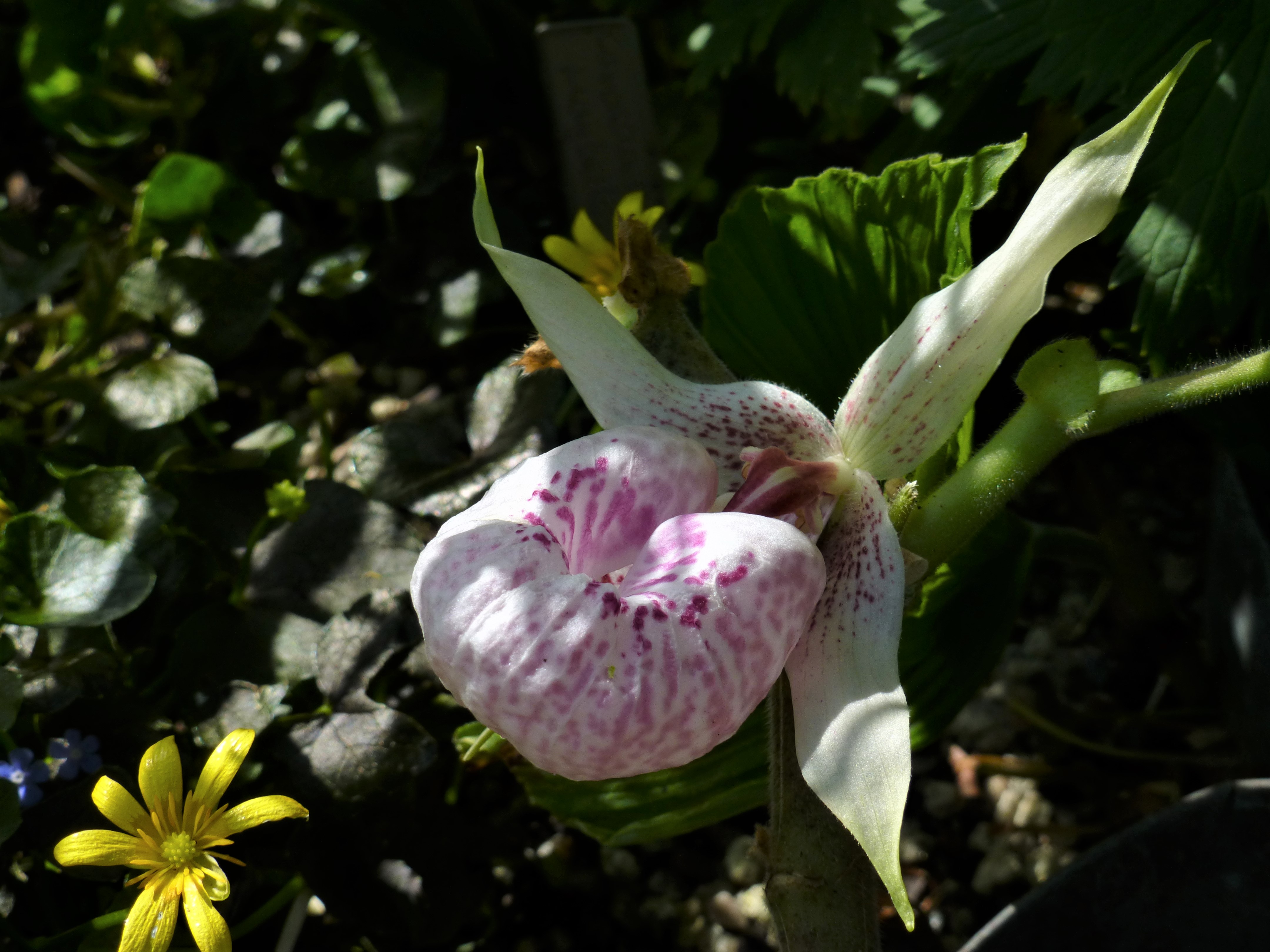
June
Roses and Lilies
By now the garden was in over-drive. The weather was hot and everything has been early this year. The roses were magnificent. The weight and shadow cast by the vigorous growth of the ramblers, Rosa ‘Paul’s Himalayan Musk’ and Rosa ‘Francis. E. Lester’, are threatening the health of the apple trees that support them. This year we will have to indulge in some fairly radical pruning. The apricot flowers of the climber, Schoolgirl, looked so lovely against the brick walls of the cottage and combined beautifully with the adjacent orange flowers of the lily ‘Forever Susan’.
Pots
I confess to having mixed feelings about pots because they need cherishing and even more mixed feelings about succulents which not only need cherishing outside but have to come inside in the winter. However I have to admit that I am enjoying this collection of odds and ends and the sempervivums are a tough bunch, which do tolerate my rather laissez-faire attitude.

Bug Hotel
We have missed contact with the grandchildren but Peter made a fine bug hotel out of some old pallets. Lena (5) enjoyed adding to it when she finally came to visit us again.
